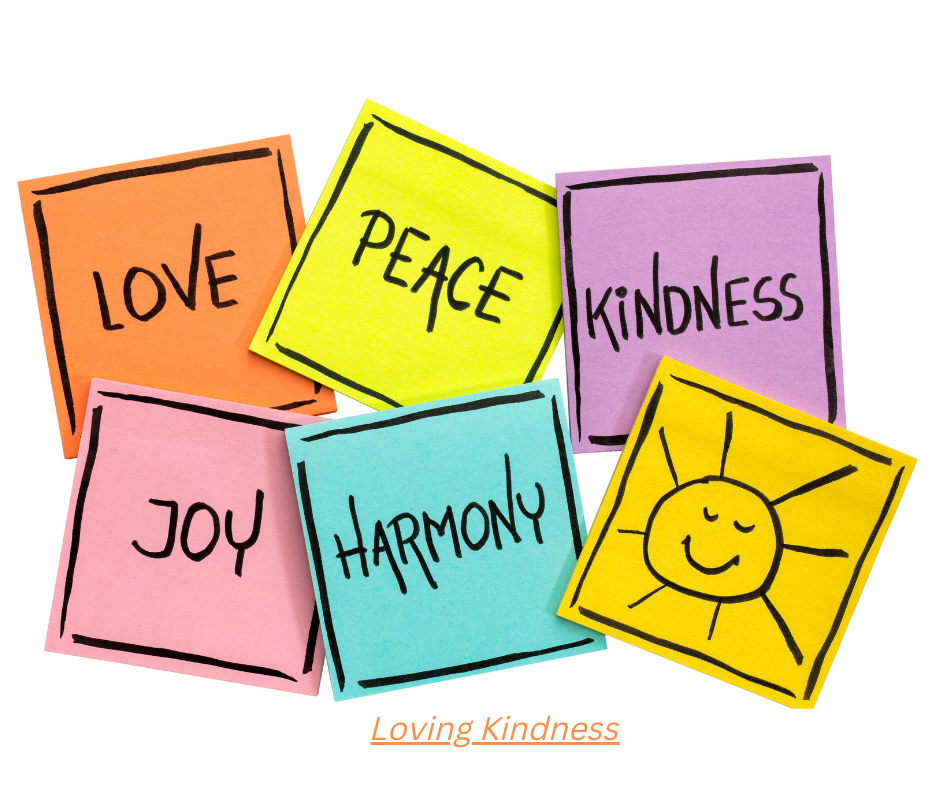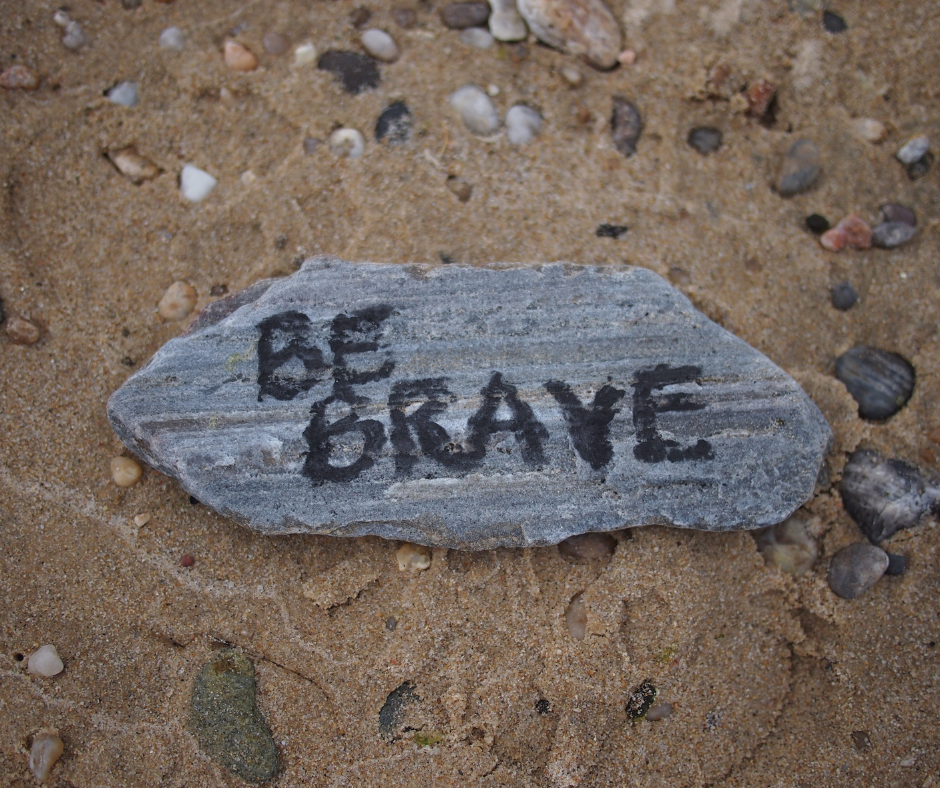One of the major sources of depression is the immense psychological pain of unresolved grief. If you have lost a loved one, you may be feeling very alone or isolated in your grief. You may wonder if you will ever get over it. When a loved one dies, you know nothing will ever bring them back. The harsh reality of death means that it’s final, there is no going back, we will never have them in our lives again.
From out of the ashes we need to rise up, find our identity as a person on our own, and live our own life, for ourselves. This can be the hardest thing to do and many people struggle, or become stuck. Life goes on around us, and it may be difficult to think about life without our loved one, but we must eventually learn how to let them go. It may not be easy to go through it alone, and it may take some time, but things will change. Life must flourish in any way it can. Understanding the process of the grief cycle may help.
Background
The 5-Stage Grief Cycle is based on the work of Swiss psychologist Elizabeth Kübler-Ross. It helps a person who is facing death themselves to understand their feelings, and it helps us to understand what we are going through when we lose a loved one (or something of great value to us). There may be extreme fluctuations between activity and passivity, even from one day to the next, as the person tries to avoid facing the reality of the loss. There are no fixed stages, each one may vary in length of time, and there may be other stages too, including shock at the news of what’s happened, and finally the readjustment phase.
Roller-Coaster of Emotions
Grief creates a roller-coaster of emotions which may be expressed or repressed. Repressed emotions may cause unseen damage that can eventually lead to physical or psychological illness. Some people use unhealthy coping methods in their attempt to get through the grief, perhaps drinking to excess or using drugs to avoid the pain of loss. I have seen many clients suffering from anxiety, depression, sleep or relationship issues who have unresolved grief at the root of the problem.
The stages of grief
The old proverb says “Time is a great healer” but the immense pain of grief can last a lifetime unless it is processed in a healthy way. A variety of emotions will normally be experienced before the calm reality of acceptance and readjustment to life without the deceased, but it’s not the same for everyone. People handle grief in a very personal way and it will take as long as it takes. It is worth allowing yourself to express these emotions in a healthily way, to avoid causing further pain or problems.
Personally
On a personal level, I lost my mother in 2002. She died after a short battle with cancer. She was 82 years old and was the most positive, optimistic person I have ever met. I cried every day for two years and miraculously the tears stopped falling on the second anniversary of her death. I went through the grieving cycle and came out the outer side. What was left was normal sadness which is still felt on special occasions.
Getting stuck
It is quite common for someone to become stuck in one stage for a time, feeling unable or unwilling to move on. They may not be able or willing to accept life without their loved one; they may not be able to imagine a future without that person in their lives. For example, a parent may continue to buy the favourite food of a child that has passed away, or be unable to re-decorate the room where the child slept. Unexpressed anger may keep the person trapped in that stage of grief, where they are so angry at someone else they cannot move on, for example they blame God/the hospital/the driver of the car etc. Unresolved grief can hold a person hostage for many years.
Going in Cycles
Sometimes people move one step forwards and two steps backwards, often unable to accept that they feel something different, as if it was somehow disloyal to the deceased. The stages don’t necessarily follow any particular order but usually begin in shock.
Shock: Initial paralysis or feeling numb at hearing the bad news – not knowing how to feel.
- Denial: Trying to avoid the inevitable – finding ways to distract oneself.
- Anger: Frustrated outpouring of bottled-up emotion and, like a pressure cooker, it has to finally come out.
- Bargaining: Seeking an escape route or looking for any way to ease the pain, willing to do anything in order to turn back time, or bring them back.
- Depression: The deceased is no longer in your life and you have to live without them. The harsh reality hits home.
- Acceptance: Coming to terms with the loss, finding healthy ways of thinking/feeling/behaving that include hope for the future.
Readjustment: There follows a testing of the water, readjusting to life and moving on in peace.
What can we do about it?
It does take some time to get through each stage but this will vary from person to person. Some people do manage to get through the phases naturally and safely, giving themselves time to heal. Other people seek professional therapy when the grief is affecting them on other levels.
Clinical Hypnotherapy is a compassionate therapy that can help to guide an individual through the various stages of grief safely, allowing them to express and release the emotional build-up that accompanies each stage in a safe environment. This enables them to move on in life with healthy memories of the past and hope for the future. The hypnosis session works at a sub-conscious level, releasing the painful trapped emotion so they can feel more at peace with their loss and find hope for the future.
BrainWorking Recursive Therapy (BWRT) is a psychological process that can dissolve the immense pain and resolve the emotional “stuckness” that accompanies unresolved grief. This allows the individual to face the reality of loss, process the emotion in a healthy way and readjust to life without the deceased with hope for the future.
Normal Sadness. Professional bereavement/grief therapy will take away the intense negative pain but it will not remove normal sadness. Normal sadness is healthy and, following successful therapy, may still be experienced on special occasions like birthdays, anniversaries, Christmas, etc., allowing easier access to all the wonderful happy memories of life shared with the loved one.
There is no right or wrong length of time to grieve, and many people transition naturally. However, unresolved grief can cause a host of problems like anxiety, stress and sleep issues. When this is resolved through compassionate professional therapy, other issues are often resolved too as the ripple effect works on a deeper level.
Memories of a life shared with a loved one are sacred. Don’t let unresolved grief spoil them.
Immortality (written by Clare Harner)
Do not stand at my grave and weep,
I am not there, I do not sleep.
I am a thousand winds that blow;
I am the diamond glints on the snow.
I am the sunlight on ripened grain;
I am the gentle autumn’s rain.
When you awaken in the morning’s hush,
I am the swift uplifting rush
Of quiet birds in circled flight.
I am the soft star that shines at night.
Do not stand at my grave and cry.
I am not there; I did not die.
If you have suffered the loss of a loved one and would like to discuss any aspect of the above, or to have a compassionate, non-judgmental chat with someone who understands, please do not hesitate to get in touch.
Mary Bowmer – May 2021






